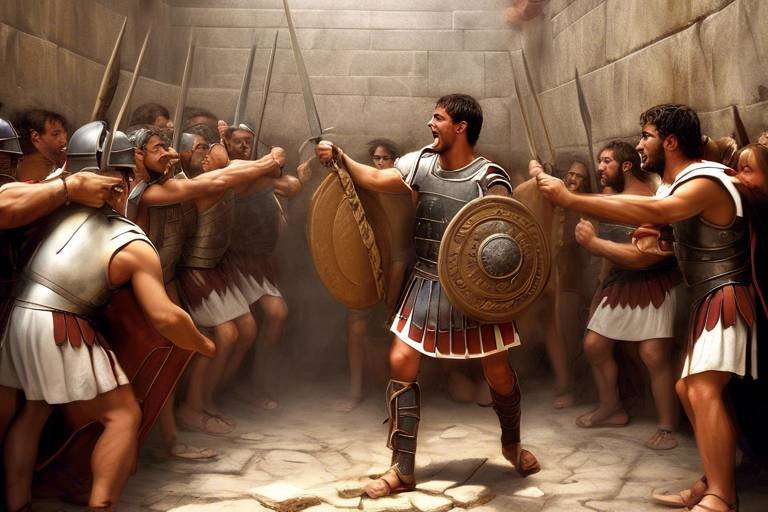The Secrets of Ancient Civilizations' Art Techniques
Art has always been a window into the past, allowing us to glimpse the creativity and ingenuity of ancient civilizations. The techniques and methods employed by these cultures have not only survived the test of time but continue to inspire and awe us today. From Egyptian hieroglyphs to Greek pottery, Mayan murals to Chinese calligraphy, each civilization has left behind a rich legacy of art that speaks volumes about their beliefs, values, and way of life.
One of the most intriguing art forms of ancient times is Egyptian hieroglyphs. These intricate symbols and pictorial representations were not just a form of writing but a reflection of the Egyptian culture, mythology, and daily life. Each hieroglyph carried deep meaning and symbolism, offering a glimpse into the beliefs and practices of this ancient civilization.
Greek pottery, on the other hand, showcased the mastery of the Greeks in pottery techniques. Their vessels adorned with mythological scenes, geometric patterns, and intricate designs were not just functional objects but works of art in their own right. The sophistication and attention to detail in Greek pottery continue to inspire artists to this day.
The Mayan civilization, known for its vibrant murals, depicted religious ceremonies, historical events, and celestial phenomena with a unique blend of symbolism and artistic expression. These murals not only served as decorative elements but also as a means of storytelling, preserving the history and culture of the Mayan people for future generations.
Chinese calligraphy, with its beauty and significance as an art form, has roots dating back to ancient civilizations. The meticulous crafting of characters to convey meaning, emotion, and cultural values through brush strokes is a testament to the artistic prowess of the Chinese people. Each stroke carries a story, a sentiment, a piece of history.
Roman mosaics, characterized by the intricate arrangement of tiny colored tiles, adorned floors and walls in ancient times. These mosaics depicted elaborate scenes, detailed portraits, and intricate patterns that showcased the artistic skill and creativity of the Roman craftsmen. The durability and beauty of Roman mosaics have ensured their preservation throughout the centuries.
The Incas, known for their extraordinary textile artistry, used intricate weaving techniques and vibrant colors to create textiles that conveyed social status, religious beliefs, and historical narratives. Each textile was a masterpiece in itself, telling stories of the Incan civilization through patterns and motifs that have stood the test of time.
The ancient seals of the Indus Valley civilization offer a glimpse into a sophisticated and enigmatic culture. Used for administrative, religious, and trade purposes, these seals showcase unique scripts and intricate designs that hint at a highly organized and advanced society. The symbolism and precision of these seals speak volumes about the ingenuity of the Indus Valley civilization.

Egyptian Hieroglyphs
Exploring the fascinating and mysterious methods used by ancient civilizations in creating their art pieces, shedding light on the innovative and advanced techniques that have stood the test of time.
Unveiling the intricate system of writing and symbolism used by the ancient Egyptians in their art, reflecting their beliefs, culture, and daily life through detailed pictorial representations.
The Egyptian hieroglyphs, a form of writing that combined logographic and alphabetic elements, were not merely a means of communication but a profound reflection of the Egyptian worldview. Each hieroglyph represented an idea or object, allowing the ancient Egyptians to convey complex concepts and stories through intricate pictorial symbols. These symbols were not arbitrary but deeply rooted in the society's beliefs, with each stroke and shape holding a specific meaning.
Imagine the scribes meticulously carving these symbols onto temple walls or papyrus scrolls, capturing the essence of their religious rituals, mythological tales, and historical events in a visually striking manner. The hieroglyphs served as a gateway to understanding the ancient Egyptian civilization, offering modern scholars a glimpse into the minds and hearts of a people long gone.
The complexity and beauty of Egyptian hieroglyphs are akin to a finely woven tapestry, where each symbol is a thread intricately connected to the whole, weaving a narrative that transcends time and space. Just as an artist carefully selects colors and brushes to create a masterpiece, the scribes of ancient Egypt chose their hieroglyphs with precision and purpose, infusing each composition with layers of meaning and symbolism.
Through the study of Egyptian hieroglyphs, we not only decipher a language lost to the ages but also unlock the secrets of a civilization that revered art and storytelling as integral parts of their identity. The legacy of Egyptian hieroglyphs endures as a testament to the enduring power of art to communicate across centuries and cultures, bridging the gap between the past and the present.
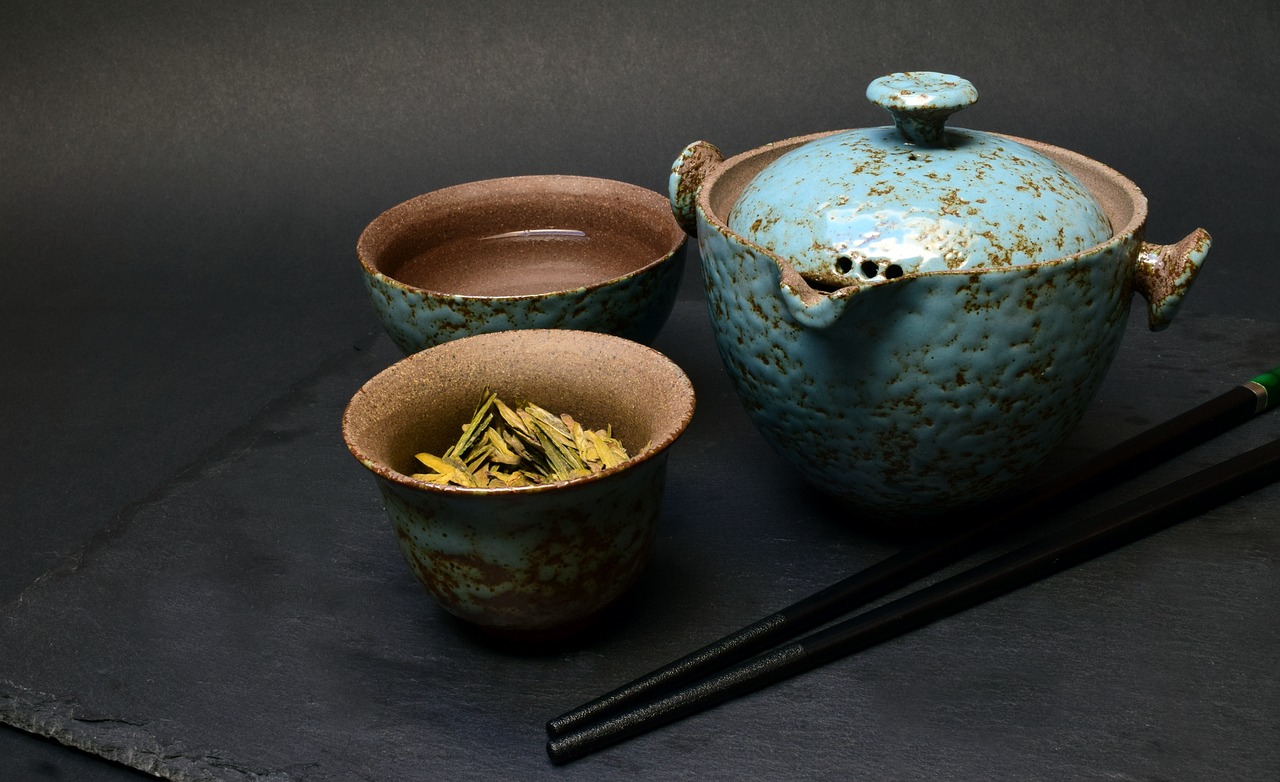
Greek Pottery
Greek pottery stands as a remarkable testament to the artistic prowess and cultural significance of ancient Greek civilization. The art of pottery among the Greeks was not merely a functional craft but a form of artistic expression that showcased their mastery in design and storytelling. The intricate techniques employed by Greek potters involved a meticulous process of shaping clay vessels and adorning them with elaborate decorations.
One of the most distinctive features of Greek pottery is the depiction of mythological scenes that often adorned the surfaces of the vessels. These scenes, ranging from epic battles to scenes of daily life, served as a visual narrative that reflected the myths, legends, and beliefs of the ancient Greeks. The intricate designs and meticulous details found on Greek pottery continue to captivate art enthusiasts and historians alike, offering a glimpse into the rich tapestry of Greek culture and mythology.
Moreover, Greek pottery was not only a medium for artistic expression but also played a significant role in everyday life. From storing goods to serving wine during symposiums, pottery vessels were essential objects in ancient Greek households. The craftsmanship and artistic flair displayed in Greek pottery exemplify the fusion of functionality and aesthetics, showcasing the ingenuity and creativity of ancient Greek artisans.
Furthermore, the geometric patterns and intricate designs found on Greek pottery reflect the sophisticated artistic sensibilities of the ancient Greeks. The use of bold lines, intricate motifs, and vibrant colors demonstrated a keen attention to detail and a deep appreciation for beauty and symmetry. Each pottery piece was a work of art in its own right, showcasing the skill and creativity of the craftsmen who meticulously crafted these vessels.
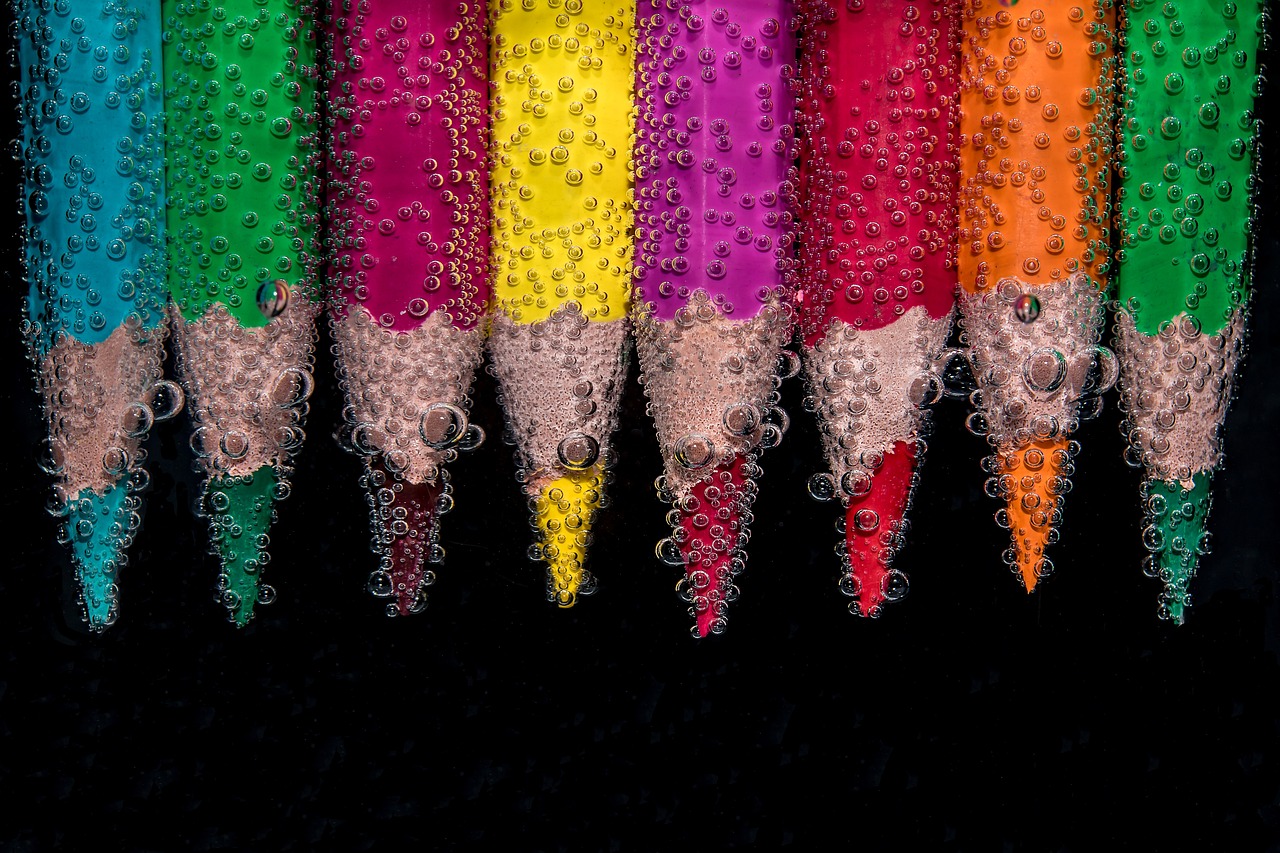
Mayan Murals
Exploring the fascinating and mysterious methods used by ancient civilizations in creating their art pieces, shedding light on the innovative and advanced techniques that have stood the test of time.
Unveiling the intricate system of writing and symbolism used by the ancient Egyptians in their art, reflecting their beliefs, culture, and daily life through detailed pictorial representations.
Delving into the sophisticated pottery techniques of the ancient Greeks, showcasing their mastery in crafting vessels adorned with mythological scenes, geometric patterns, and intricate designs that continue to inspire modern artists.
Exploring the vibrant and elaborate murals created by the Mayan civilization, depicting religious ceremonies, historical events, and celestial phenomena with a unique blend of symbolism and artistic expression.
Unraveling the beauty and significance of Chinese calligraphy as an art form, tracing its roots to ancient civilizations and exploring how characters were meticulously crafted to convey meaning, emotion, and cultural values.
Examining the meticulous art of creating Roman mosaics, where tiny colored tiles were skillfully arranged to form intricate patterns, elaborate scenes, and detailed portraits that adorned floors and walls in ancient times.
Discovering the extraordinary textile artistry of the Incas, known for their intricate weaving techniques, vibrant colors, and symbolic motifs that conveyed social status, religious beliefs, and historical narratives in a visually captivating manner.
Uncovering the ancient seals of the Indus Valley civilization, showcasing their unique script and intricate designs used for administrative, religious, and trade purposes, offering insights into a sophisticated and enigmatic ancient culture.
The Mayan civilization, known for its rich cultural heritage, left behind a legacy of vibrant and intricate murals that provide a glimpse into their beliefs and daily life. These murals, adorned with vivid colors and detailed imagery, depict a wide range of subjects including religious ceremonies, historical events, and celestial phenomena.
The Mayans' artistic expression through murals was a unique blend of symbolism and storytelling, with each intricate design carrying layers of meaning and cultural significance. The meticulous attention to detail in their artwork reflects the Mayans' reverence for their traditions and beliefs, creating a visual tapestry that continues to captivate viewers to this day.
By studying Mayan murals, we can unravel the mysteries of this ancient civilization and gain insights into their worldview, social structure, and artistic achievements. The vibrant colors, intricate patterns, and symbolic motifs used in the murals offer a window into the rich tapestry of Mayan culture, inviting us to explore and appreciate the artistic legacy left behind by this remarkable civilization.
Stay tuned for answers to common questions about ancient civilizations' art techniques!
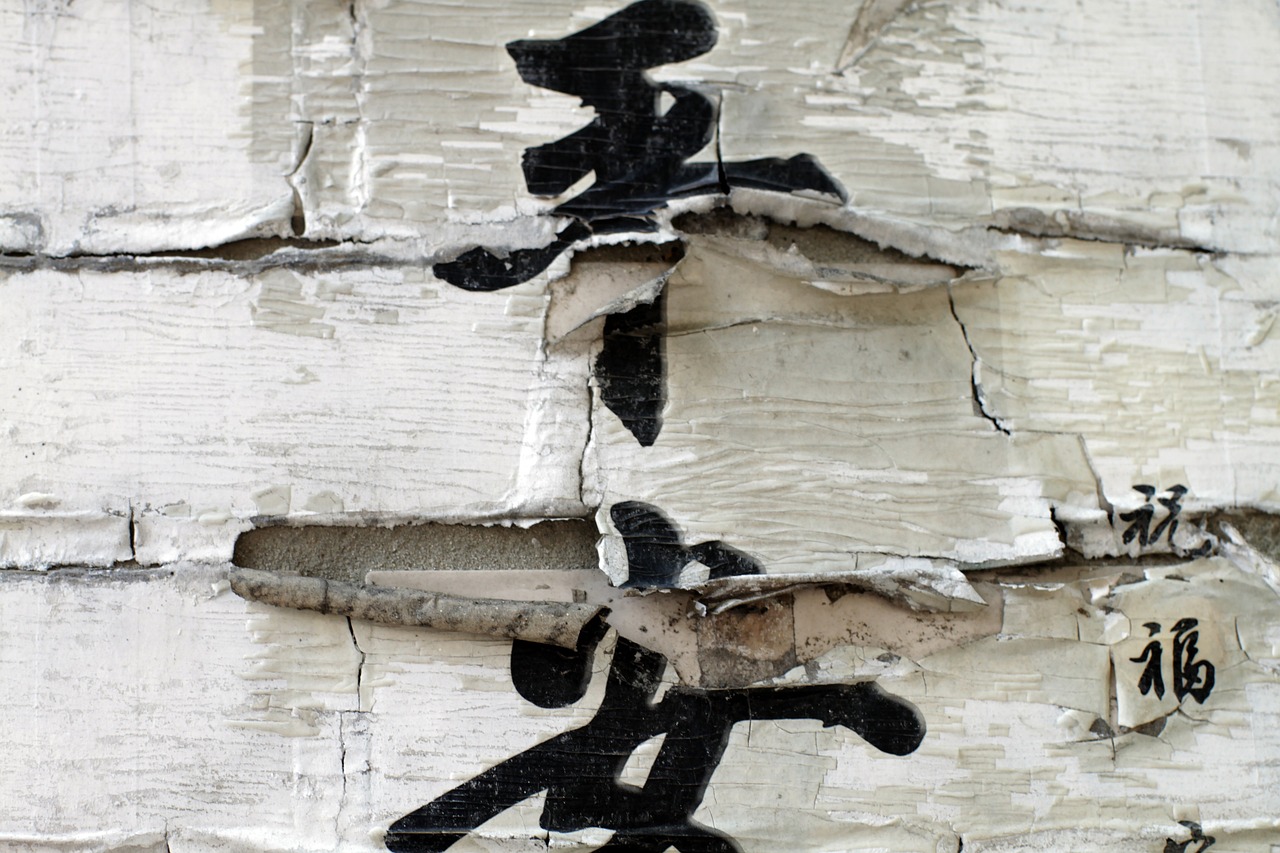
Chinese Calligraphy
Chinese calligraphy is a mesmerizing art form that has captivated audiences for centuries. Originating from ancient civilizations, Chinese calligraphy is not merely writing but a form of artistic expression that embodies cultural values and emotions. Each stroke of the brush carries profound meaning, reflecting the harmony between form and spirit in Chinese philosophy. The intricate characters are meticulously crafted to convey not only words but also the essence of the message, evoking a sense of beauty and grace.
One of the key aspects of Chinese calligraphy is the emphasis on brushwork and the flow of energy in each stroke. The calligrapher's skill lies in controlling the brush to create varying thicknesses and textures, resulting in a dynamic and expressive composition. The choice of ink and paper also plays a crucial role in the final outcome, with different materials producing unique effects that enhance the overall aesthetic appeal of the artwork.
Chinese calligraphy is deeply rooted in tradition, with each style reflecting the personality and artistic sensibility of the calligrapher. From the elegant curves of cursive script to the structured precision of seal script, each style conveys a different mood and connotation. Calligraphy masters are revered for their ability to imbue their work with emotion and meaning, transcending mere words to evoke a sense of harmony and balance.
Furthermore, Chinese calligraphy is not just a visual art form but also a spiritual practice that cultivates mindfulness and focus. The act of writing characters becomes a meditative experience, allowing the calligrapher to connect with their inner self and channel their thoughts and emotions onto the page. In this way, Chinese calligraphy serves as a form of self-expression and self-discovery, offering a window into the artist's soul.
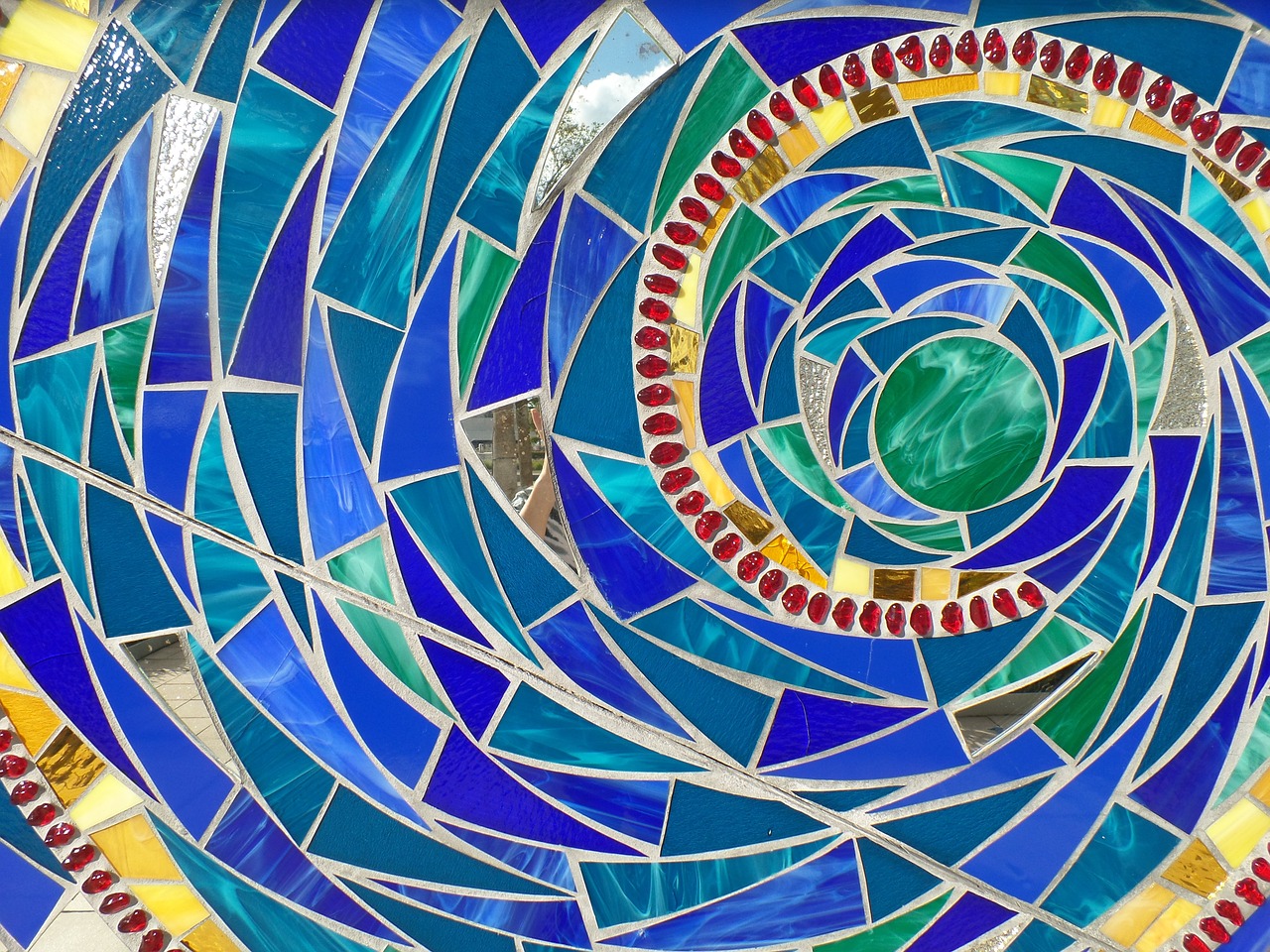
Roman Mosaics
Roman mosaics are a testament to the exquisite artistry and craftsmanship of the ancient Romans. These intricate artworks were created by painstakingly arranging tiny colored tiles, known as tesserae, to form elaborate patterns, scenes, and images that adorned the floors and walls of Roman buildings.
The process of creating Roman mosaics was a meticulous one, requiring precision and skill. Skilled artisans, known as tessellarii, carefully selected and placed each tessera to create stunning visual effects and detailed designs that ranged from geometric patterns to intricate portraits.
One of the remarkable aspects of Roman mosaics is their durability. Despite the passage of centuries, many of these mosaics have survived intact, showcasing the enduring quality of the materials and techniques used by ancient Roman artists.
These mosaics were not merely decorative elements but also served practical purposes. In addition to embellishing the floors of villas, temples, and public buildings, Roman mosaics often conveyed symbolic meanings, depicted mythological stories, and celebrated historical events.
Furthermore, Roman mosaics reflected the cultural influences and artistic sensibilities of the time. From intricate floral motifs to elaborate narrative scenes, each mosaic tells a story and provides a glimpse into the rich tapestry of Roman life and society.
The legacy of Roman mosaics continues to inspire artists and admirers alike, with their timeless beauty and intricate designs captivating audiences around the world. These ancient artworks serve as a testament to the ingenuity and creativity of the Roman civilization, leaving a lasting impression on art history.
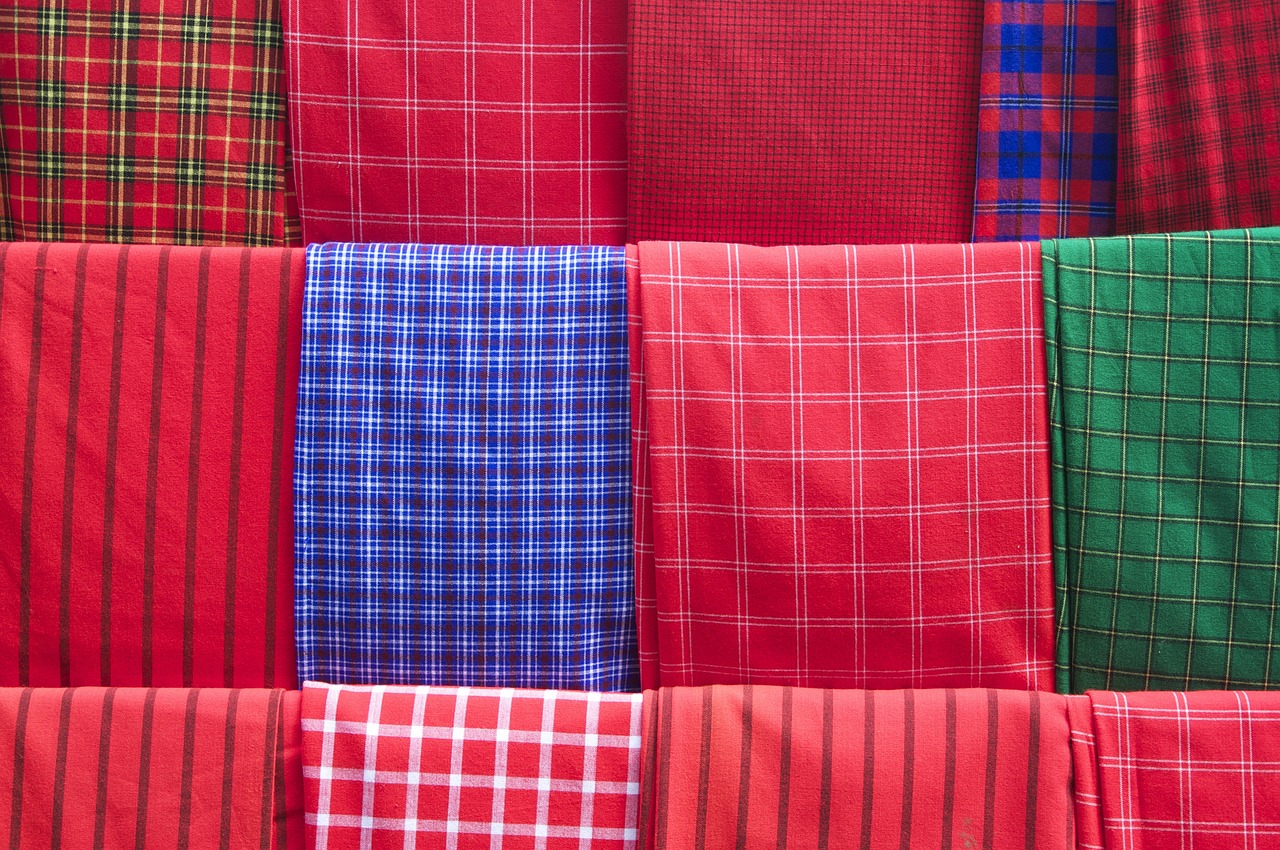
Incan Textiles
Exploring the fascinating and mysterious methods used by ancient civilizations in creating their art pieces, shedding light on the innovative and advanced techniques that have stood the test of time.
Unveiling the intricate system of writing and symbolism used by the ancient Egyptians in their art, reflecting their beliefs, culture, and daily life through detailed pictorial representations.
Delving into the sophisticated pottery techniques of the ancient Greeks, showcasing their mastery in crafting vessels adorned with mythological scenes, geometric patterns, and intricate designs that continue to inspire modern artists.
Exploring the vibrant and elaborate murals created by the Mayan civilization, depicting religious ceremonies, historical events, and celestial phenomena with a unique blend of symbolism and artistic expression.
Unraveling the beauty and significance of Chinese calligraphy as an art form, tracing its roots to ancient civilizations and exploring how characters were meticulously crafted to convey meaning, emotion, and cultural values.
Examining the meticulous art of creating Roman mosaics, where tiny colored tiles were skillfully arranged to form intricate patterns, elaborate scenes, and detailed portraits that adorned floors and walls in ancient times.
Discovering the extraordinary textile artistry of the Incas, known for their intricate weaving techniques, vibrant colors, and symbolic motifs that conveyed social status, religious beliefs, and historical narratives in a visually captivating manner.
Uncovering the ancient seals of the Indus Valley civilization, showcasing their unique script and intricate designs used for administrative, religious, and trade purposes, offering insights into a sophisticated and enigmatic ancient culture.
Q: What materials were commonly used in ancient civilizations' art?
A: Various materials such as clay, stone, textiles, and natural pigments were commonly used in creating art across different ancient civilizations.
Q: How did ancient civilizations preserve their art pieces?
A: Ancient civilizations employed various techniques such as burying artworks in tombs, sealing them in caves, or using protective coatings to preserve their art pieces.
Q: Were ancient art techniques influenced by religious beliefs?
A: Yes, religious beliefs often played a significant role in shaping the themes, symbols, and styles of art in ancient civilizations, reflecting their spiritual practices and cultural values.
Q: How did ancient civilizations pass down their art techniques through generations?
A: Ancient civilizations passed down their art techniques through apprenticeships, oral traditions, and the creation of art manuals or instructional texts.

Indus Valley Seals
The are a fascinating glimpse into the ancient civilization that thrived in the fertile plains of the Indus River. These seals, typically made of steatite, showcase intricate designs and script that provide valuable insights into the culture and practices of the people who inhabited this region thousands of years ago.
One remarkable aspect of the Indus Valley Seals is the presence of a unique script that has yet to be fully deciphered. The symbols and motifs engraved on these seals are believed to have served administrative, religious, and possibly even trade-related purposes. The precision and uniformity of the script suggest a standardized system of communication within the Indus Valley civilization.
These seals often feature depictions of animals, human figures, and various symbols that hint at the spiritual and societal beliefs of the ancient Indus Valley people. The intricate designs reflect a sophisticated artistic sensibility and a keen attention to detail, highlighting the importance of symbolism in their culture.
Archaeologists have uncovered a vast number of Indus Valley Seals at various sites, indicating the widespread use of these artifacts in the ancient civilization. The discovery of seals in different contexts, from urban centers to smaller settlements, suggests their significance in both official and everyday activities of the Indus Valley society.
Studying these seals provides valuable clues about the social structure, trade networks, and religious practices of the Indus Valley civilization. The intricate craftsmanship and symbolic language embedded in these artifacts continue to intrigue researchers and historians, offering a window into the rich cultural heritage of this enigmatic ancient culture.
Frequently Asked Questions
- What are some common themes found in ancient civilizations' art?
Ancient civilizations often depicted themes such as religious beliefs, daily life, mythological stories, and historical events in their art pieces. These themes were intricately woven into their artworks, reflecting the cultural values and societal norms of that time.
- How did ancient civilizations preserve their art techniques?
Ancient civilizations employed various methods to preserve their art techniques, such as passing down knowledge through apprenticeships, documenting processes on scrolls or tablets, and creating art in durable mediums like stone or clay. This ensured that their artistic legacy endured for future generations to study and admire.
- Why is studying ancient art techniques important?
Studying ancient art techniques provides valuable insights into the creativity, innovation, and cultural significance of past civilizations. It allows us to appreciate the craftsmanship and artistic expressions of our ancestors, inspiring contemporary artists and historians to explore new artistic horizons.
- What role did art play in the daily lives of ancient civilizations?
Art held a multifaceted role in the daily lives of ancient civilizations, serving as a form of communication, expression of beliefs, record of historical events, and symbol of social status. It was deeply intertwined with religious practices, storytelling, and community identity, shaping the cultural fabric of these societies.













